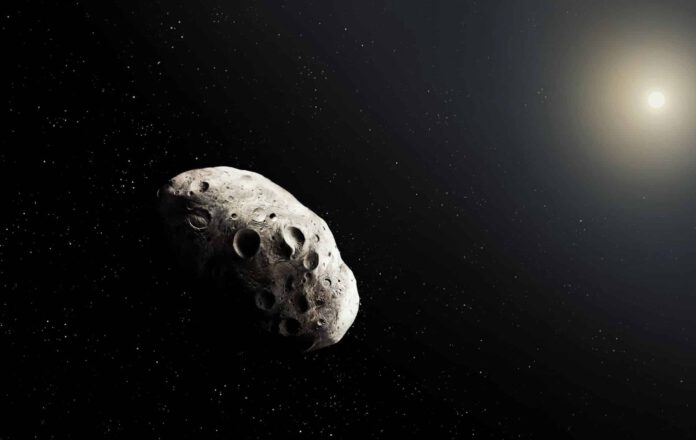
The Japanese space agency invites everyone to come up with a catchy name for the space rock it hopes to get a close look at in 2026.
As of now, this space stone is known as 2001 CC21, which, naturally, doesn’t quite roll off the tongue. Therefore, it’s high time to bestow upon it a fresh name before its grand reveal in 2026, and the entire world is welcome to contribute ideas.
The Rules
However, this doesn’t mean that anything goes. There are indeed rules for the naming of asteroids, rules set by the International Astronomical Union (IAU). The IAU also makes the official decision on the names given to celestial bodies. For asteroids, the proposed names must be no longer than 16 characters, preferably consist of one word, and must not be offensive. Also, the name should not resemble names given to other asteroids or their moons. The IAU also opposes names that are commonly given to pets and those that are commercial in nature (e.g., company names). Names of individuals known mainly for political or military activities are also frowned upon, unless the individual’s death or the event most of us know them for occurred 100 or more years ago. Lastly, it’s usual for Earth crossers, i.e., asteroids that intersect with or come close to Earth’s orbit, to receive a name from mythology. Given that 2001 CC21 is indeed an Earth crosser, that, of course, considerably limits our freedom of choice.
What Else To Remember
As such, there isn’t a lot of room for poetic freedom. Nonetheless, everyone is encouraged to propose a name. You can do so, here. Additionally, when coming up with a name, consider what we currently know about the space rock and the prospect of its close inspection by a space probe.
About The Space Stone
But, what exactly do we know about the space stone? Well, the stone, as hinted by its name, was discovered in 2001. The trajectory it traces around the sun matches that of the Earth. The asteroid takes about five hours to make a full rotation around its axis. We’re unsure about the size of the space stone, estimates place it somewhere between 440 and 700 meters. Its shape is also shrouded in mystery, though it’s suspected to be somewhat elongated.
The Images
We should know much more about 2001 CC21 in about two and a half years’ time. In July 2026, Hayabusa2 will skirt past the space stone, aiming to capture high-resolution images of the asteroid.
Hayabusa2
These images are a bonus; Hayabusa2 was actually designed to collect material from an asteroid and carry it back to Earth. The mission has already accomplished this; Hayabusa2 gathered samples from the asteroid Ryugu in 2019, and delivered the collected material to Earth in December 2020. As the probe is still operational, the mission was extended, and a flyby of a second asteroid scheduled. That is set to take place in 2026, over eleven years after Hayabusa2 was launched from Japan.
For now, Hayabusa2 continues its journey towards 2001 CC21. But who knows, perhaps soon, the asteroid’s name will be changed, thanks to your suggestion. Submissions are welcome until May 9.











